Based in Wales Leema has a great reputation for designing and building electronics to suit all pockets. Dominic Marsh takes a listen to their Tucana II Integrated amplifier costing £3,995.
I recall having evaluated some Leema products before for Hifi Pig, namely their Elements integrated amplifier and Libra DAC. I gave them both a “Recommended” award as I remember, because although they performed very well during the evaluation, they never managed to hit me personally on the emotional level and I struggled to make that connection with them, because they didn’t have that elusive X Factor that would have had me enchanted and utterly enthralled. Maybe it is the ex-BBC origins of the company founders that was responsible for the design brief to be that way, maybe yes and maybe no and life is too short to hang on to imponderables such as that.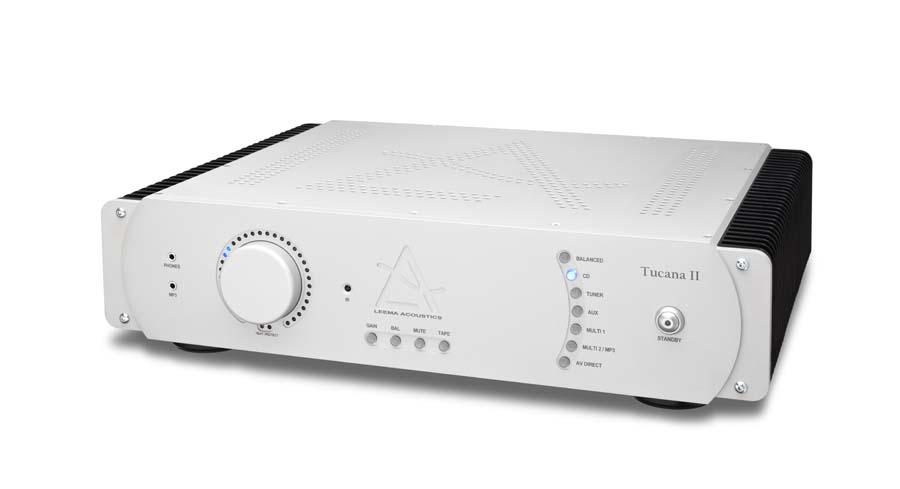
That situation was about to change when I was sent their Mark 2 variant of their Tucana integrated amplifier and my perception of the marque was to be changed instantly.
Construction
Like all other Leema electronics, the Tucana II is built like the proverbial out-house and there is nothing at all flimsy or cheap in its build quality. Ergonomically too it is an absolute peach to operate, with all controls and indicators working flawlessly and reliably too for good measure. I particularly loved the volume control with its circle of LEDs to indicate the exact setting. Not the approximate setting mind, but the EXACT setting, which I will explain in due course, but I will say it is just about the best I have found on a modern amplifier with a digital volume control.
Outwardly, the new Tucana II amplifier looks no different to its predecessor, with the same machined alloy front panel, the large rotary volume and source selector knobs, plus various LEDs to show function selection and volume settings. However, Leema say the Mark 2 has had circuit changes and higher specification components fitted to improve sound quality.
Taking a tour around the physical aspects then, to the left of the volume control we find two 3.5mm sockets for headphones connection and MP3 signal input, then to the right of the volume control we find the infra red remote control window, then to the centre of the front panel we find a series of four illuminated push switches labelled “GAIN”, “BAL”, “MUTE” and “TAPE”. To the right we have a set of seven illuminated push buttons for source selection, labelled “BALANCED”, “CD”, “TUNER”, “AUX”, “MULTI 1”, “MULTI 2 / MP3“ and “AV DIRECT”. Finally, we find the mains power/standby button which has a blue LED which illuminates in standby mode, which thankfully isn’t too bright in ambient light although it throws quite a pencil beam across the room as I discovered one night when I went into my darkened listening room for a pair of glasses and didn’t switch any lights on.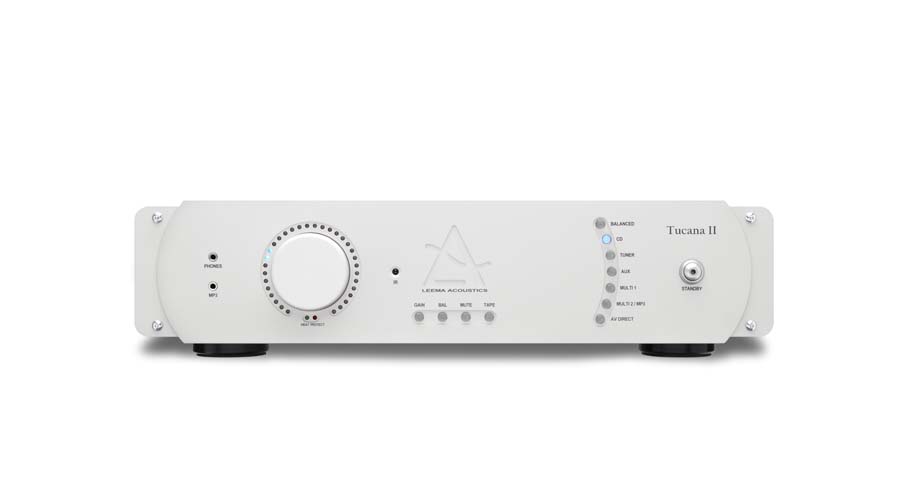
To the rear we find reading from left to right, a pair of loudspeaker binding posts for the right hand speaker, then two LIPS sockets which connects to other Leema products with the same connections for system control, then a mains IEC inlet socket, then a pair of balanced XLR input sockets, then below these connections we find a row of single ended RCA sockets labelled “TAPE” (input and output), “AV”, “MULTI 2” and “MULTI 1”, “AUX”, “TUNER””CD” and “PRE OUT”. Finally there is another pair of loudspeaker binding posts for the left hand speaker.
I found the external appearance very refreshing in not being the same boring rectangular box with knobs on, as it was running outwith of the herd and instantly recognizable as a genuine Leema product.
Sound Quality
Press the standby button on the front panel and the amplifier begins its powering up routine. The LEDs surrounding the volume control flashes several times and the volume resets to a low level.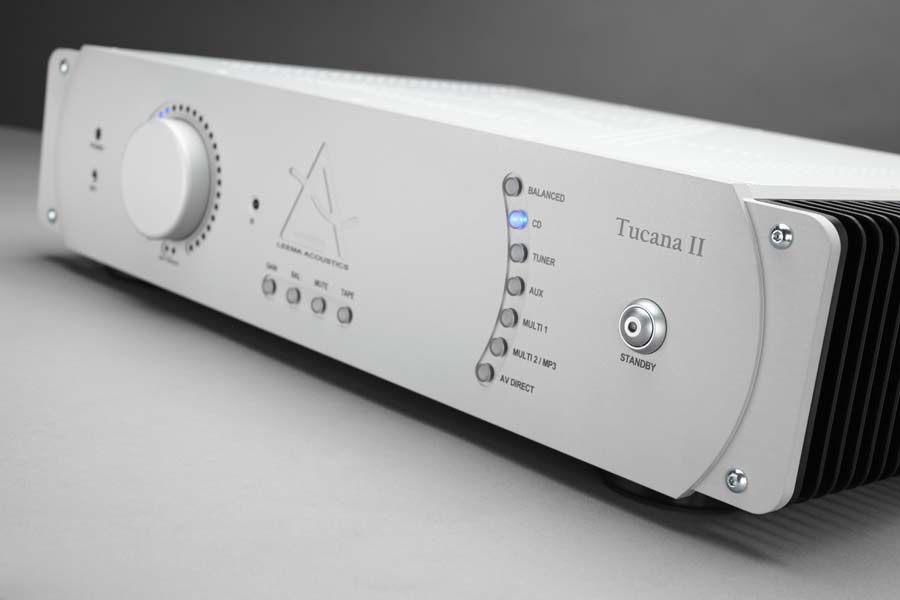
With a specification reading of delivering 150 watts per channel in to 8 ohms and 290 watts into 4 ohms it would suggest a powerful amplifier and so it proved to be during the listening sessions with various speakers that partnered with the Tucana II. In one word I would describe it as “muscular”, but not in a brutish way at all and you could liken that level of power with a champion bodybuilder, in that you wouldn’t start a fight with him as you know you would lose before you began and him knowing his own strength so he doesn’t have to prove it to anyone, least of all you. Just measure his biceps and be very nice to the man.
That solid power of course manifests itself in bass output, whereby a drum sounds like a drum at close range, losing none of the heft and power that’s there. My resident power amp at the time (since changed and not because of the Leema may I add) was rated at 140 watts per channel, but it easily lost to the Leema unit in the way the power was delivered, with a firm depth of solidity that was lacking in my own amplifier. Both amps could deliver the “punch in the guts” power from a kick drum beat, but the Leema took that one stage further by allowing you to hear what the drum skin and shell was doing, plus whether a hard or soft beater was being used.
With the arrival of a pair of Audiovector SR3 Avantgardes for review at the same time, this was a pairing that just HAD to happen. I had a brief hearing of these speakers at the 2017 Bristol Hifi Show being driven by a compact Exposure system. During this particular visit to the show I had lurking in my prized Hifi Pig pink shoulder bag some of my own CDs in the hope some exhibitors could tear themselves away from their library of specially selected plinky plonk music and give my offerings a whirl. Of course, I had in my bag Fink’s “Wheels Beneath My Feet” album which I was itching to be played and the results I heard at Bristol were nothing like what I was used to at home with the exception of one room, the Exposure room using the Audiovectors. That began my quest to review a pair of these speakers and happy to say Audiovector were more than happy to oblige, so look out for the full review of these speakers soon in Hifi Pig Magazine.
The Leema Tucana II amplifier and the Audiovector SR3s were a very sweet listen indeed. Notice I use the word “sweet” here and they were a joy to listen to. Smooth flowing, very powerful and yet highly controlled, bass in particular was a solid as a brick wall, completely unshakeable in fact. I never once found the sound lacklustre or laid back either let me add, this pair didn’t fatigue either and I could listen for many hours and be completely absorbed by the sound. The very top end treble didn’t have the clarity and dynamics for my own personal listening preferences, but I do know many of our readers intensely dislike sharp defined treble registers, so if you belong to this group of people, then be heartened in the knowledge this pairing would please you tremendously. As an add-on to this although not entirely relevant to this review, I then bought a Lyngdorf power amp with 200 watts on tap and the bass sounded decidedly off with the Audiovector Avantgarde SR3s. This hifi caper has it’s inexplicable quirks at times.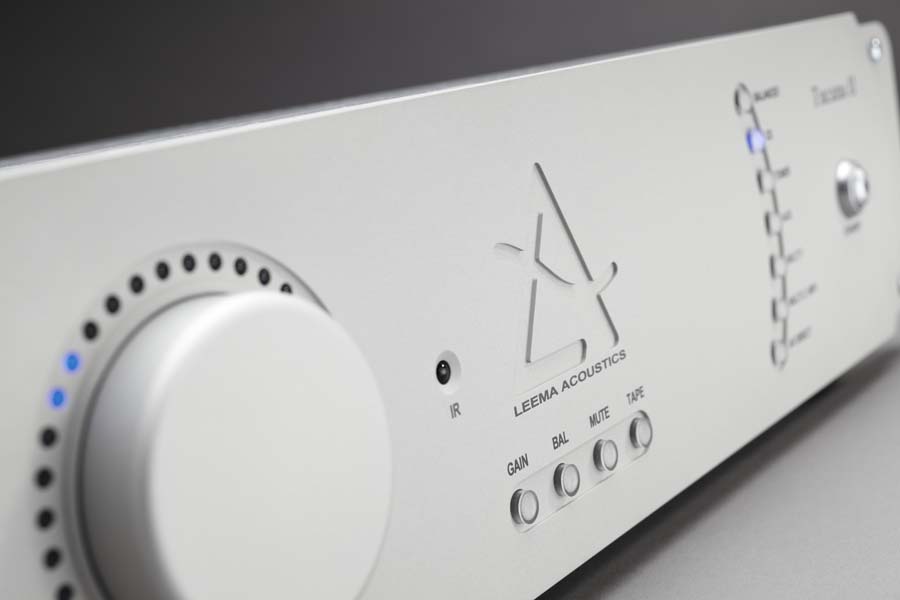
Another pair of speakers in for review was a pair of hORNS Aria 1 speakers, so it would be rude not to harness them to the Leema amplifier as well while they were here. In my resident system, the hORNS had a rather subdued bass offering, with sublime treble and midrange which more than compensated for that. Paired to the Leema amplifier though, the bass registers certainly perked up a fair bit, producing a better balanced sound from top to bottom ends of the spectrum. Synergy at play here methinks and I would say that the bass softness of the Arias were better matched to the strong power delivery traits of the Leema amplifier.
I also have a pair of Roksan TR5 speakers here and they too were connected to the Leema amplifier. I was amazed that out of the 4 pairs of speakers connected to the Leema, these were the best balanced out of the 4. Neither bass nor treble dominated proceedings and they managed to walk that fine line between exciting and dynamic and overblown and overpowering. This meant you could enjoy an extended listening session without becoming jaded or fatigued.
Then we move on to my current resident speakers, the Pylon Diamond Monitors I reviewed earlier this year for Hifi Pig and had to have after hearing them in action. These speakers deserve the epithet “Monitors” and really do live up to their name. They are fast, dynamic, insightful and tuneful, with a bass output that you wouldn’t expect from a box of their relatively small size and they easily ousted my then floor standing speakers with ease. The best thing about these speakers is they are a great reviewing tool as well, because what you feed into them is very clearly heard, warts and all. When plumbed up to the Leema Tucana II amplifier, the character of the Leema changed completely. What perked up the hORNS speakers and was “sweet” with the Audiovector SR3 Avantgardes was no more, instead I got a lively and punchy amplifier with a tremendous amount of accuracy and refinement in the midband and treble region. I love these speakers because of their in your face bite your shins kind of presentation and they pull no punches which I personally adore, but may not be to other’s tastes. As with the hORNS Aria 1 speakers the Leema amplifier addressed and married well with the speakers, whereas with the Pylon speakers it was the other way around in my perception with the Leema Tucana II, is a prime case of ripping of the sheep’s clothing and finding the wolf hiding underneath. Top stuff.
Ah yes, I did mention earlier in the review about the design and ergonomics of this amplifier didn’t I? I must commend Leema on the way the amplifier is put together and in particular the controls and functions. The digital volume control is an absolute peach in operation, perfect in linearity, perfect in accurate setting both by the front panel rotary control and the remote handset, perfect in the way it lets you the owner know exactly what the setting is by the LEDs surrounding the volume control. Well done Leema and you have set a new benchmark test by which others are going to be judged by me in future. As well as rear panel power switches that bug me, I hate with a passion any volume control that needs the skilled hands of an open heart surgeon to get an accurate volume setting.
Conclusion
With such a mixed bag of results to deal with, it would be easy to jump to the wrong conclusions and steering well away from that situation is what I enjoyed most about reviewing the Leema Tucana II amplifier. Paired with different speakers the sound was indeed “different” but not in a negative way of course just – different, which when it finds the right buyer with the right partnering equipment it should be a match made in heaven. The common thread throughout the review no matter what speakers were partnered with the Tucana II was how powerful and how enjoyable it is to listen to and this particular breed of amplifier is fairly rare.
If you have owned an amplifier with a non-linear hair trigger volume control, clunky noisy switches, dull rectangular flimsy casework and clunky noisy switches, then you will be highly appreciative as I was that at least one company can get it right. In actual fact if I ever wanted to forsake my pre and power amplifier pair and revert to an integrated amplifier, then the Leema Tucana II would in all likelihood be a strong favourite because of it’s very fine sonic abilities and awesome build quality. However, I would not make that decision until I have heard it with the speakers it is going to be living with and that extends out to whoever is also about to make that choice.
I give it a highly, highly, highly recommended nomination, as I think it justly deserves it.
AT A GLANCE
Build Quality: In the price band the Tucana II occupies, it is class leading by a country mile.
Sound Quality: With the right speakers it can dance and sing.
Value For Money: I can easily see this as a long term keeper amplifier, so will save money during it’s lifetime by not “upgrading”. The build is worth every penny on it’s own.
Pros: Superb build and sonic attributes make this a must audition product.
Cons: “Fussy” isn’t the right word in the context of speaker pairing. Responsive to different speakers, so matching must be taken into account before purchase.
Price: £3,995
Dominic Marsh
SPECIFICATIONS:
Output Power: 150W rms 8 Ohms/Ch
Output Power: 290W rms 4 Ohms/Ch
Output Power: 320W rms 2 Ohms/Ch
THD: 0.004%
Noise: < -100 dB
Freqency Response: 5 Hz – 100 kHz (+0/-3 dB)
Number of balanced Inputs (XLR): 1
Number of un-balanced Inputs (RCA): 6
Tape Input: 1
Tape Output: 1
MP3 Inputs: 1
Headphone Outputs: 1
Pre-out Outputs: 1
Channel gain adjust for each individual input
Mute Buton: Yes
Balance Adjust: (left/Right)
Thermal Protection: Yes
LIPS® system: Master or Slave
LIPS® system: Master or Slave
Dimensions: 440*320*110mm
Carton: 590*450*210mm
Mass: 18Kg











































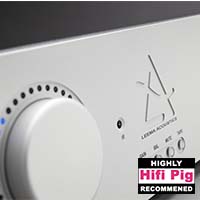
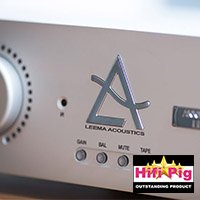


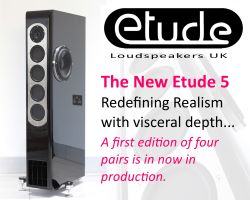
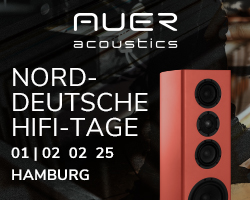
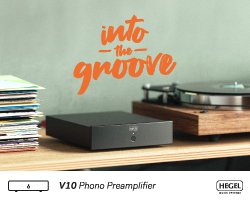


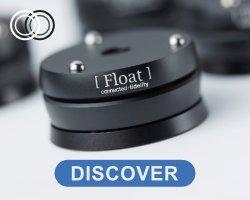



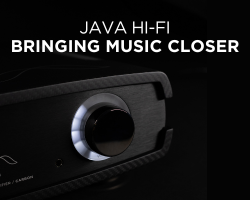
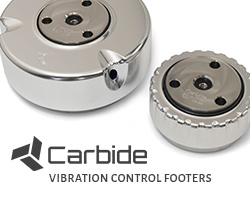




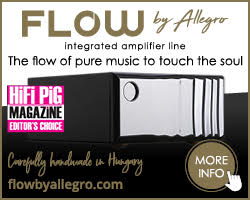


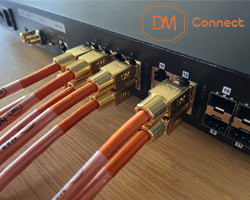
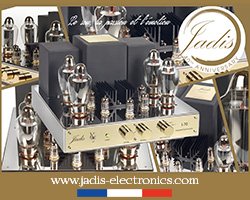
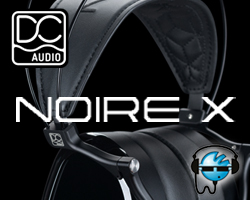
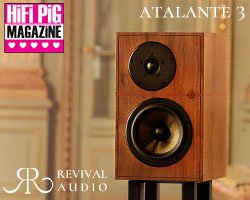




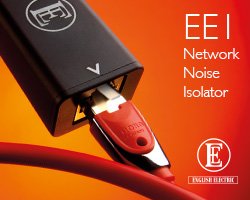
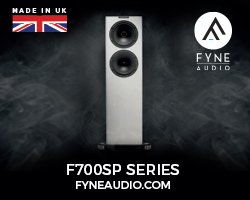

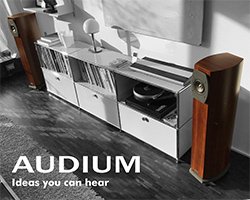



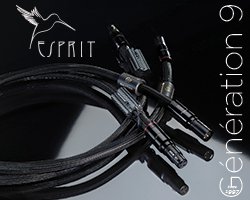
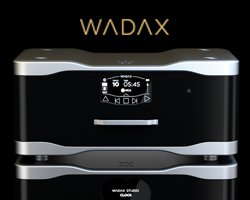
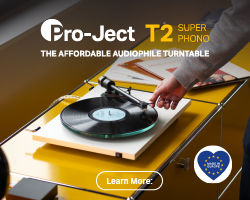





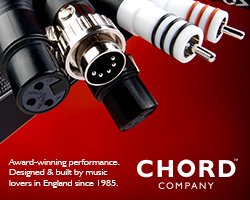

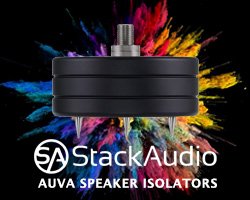
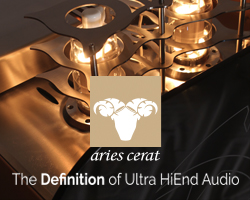

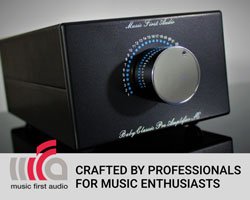
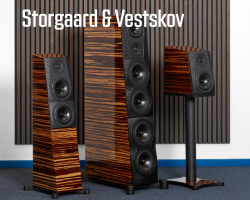


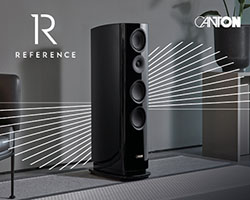
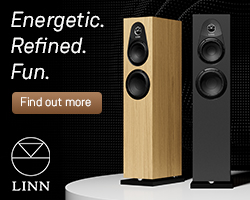



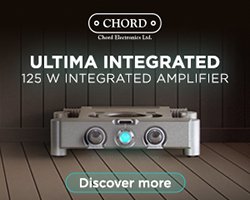

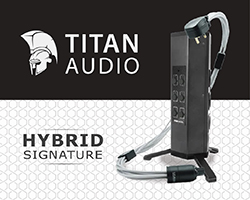


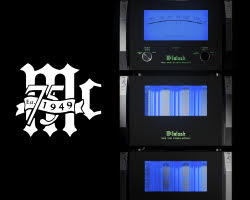


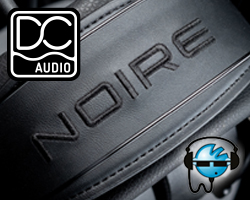
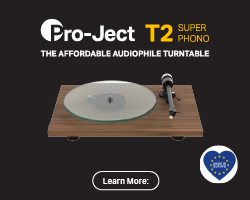
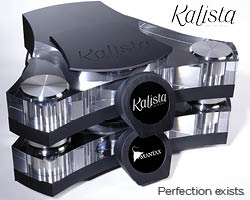
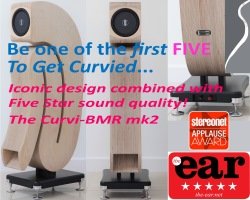


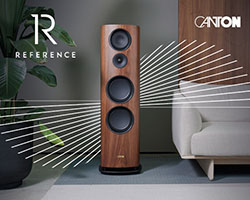




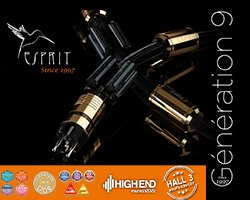

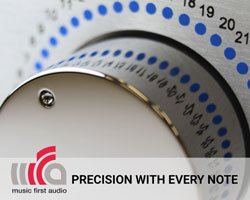












































You must be logged in to leave a reply.